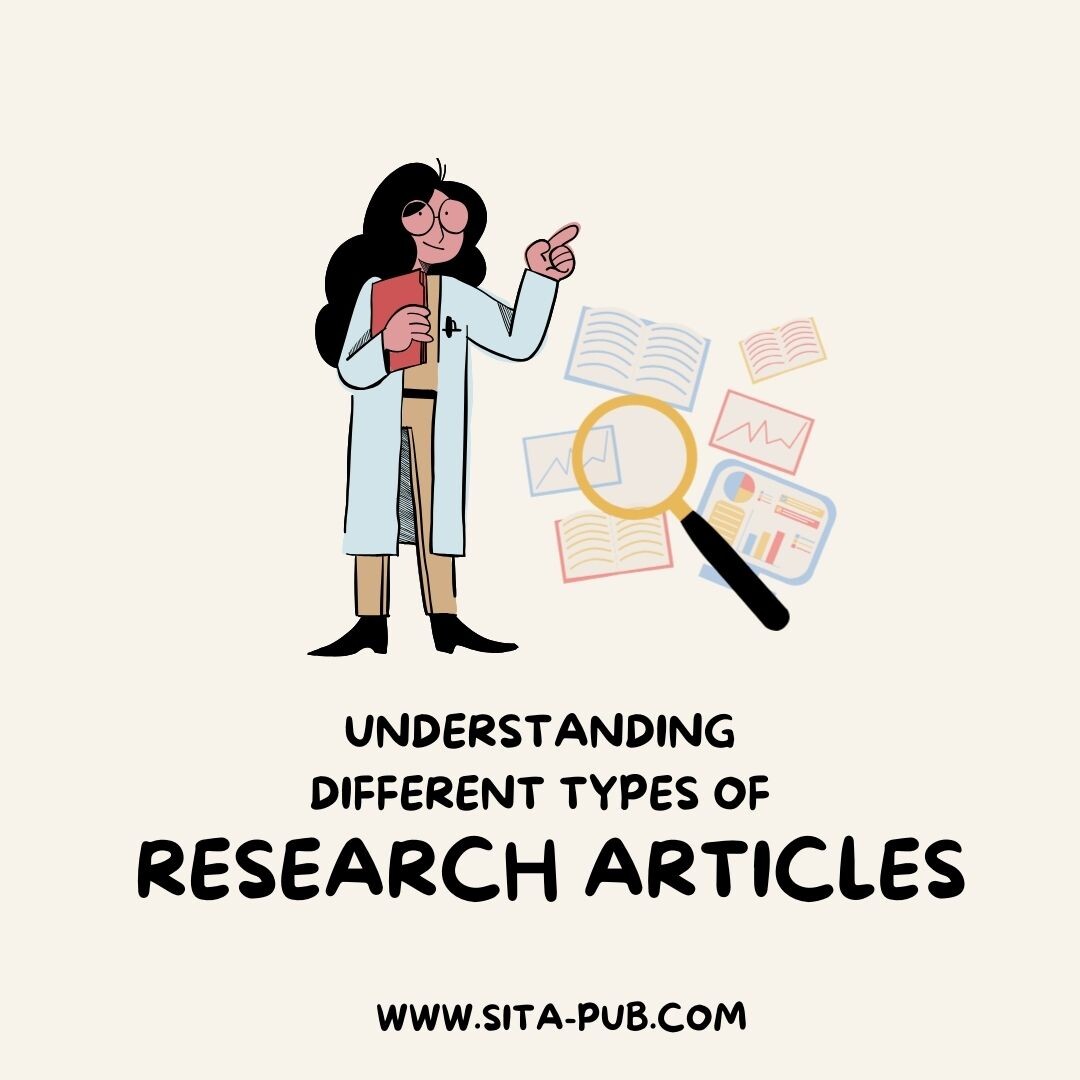Understanding Different Types of Research Articles


When starting research, it’s important to know the types of research articles. Each type serves a specific purpose and format, contributing to scientific research. This guide helps you understand the most common types, including original research, review articles, case studies, short communications, technical notes, and book reviews.

These articles present new findings from studies. They are crucial for adding knowledge in any field, helping researchers build on previous work.
Abstract: A short summary of the study.
Introduction: Background information and the research question.
Methods: How the study was conducted.
Results: The data collected during the study.
Discussion: Explanation of the results and their importance.
Original research articles provide new insights and are reviewed by experts for quality, ensuring their reliability.

Review articles summarize and analyze existing research on a topic. They give a broad overview and highlight key developments.
Narrative Reviews: General summaries without strict methods.
Systematic Reviews: Detailed summaries using strict methods to gather data.
Meta-Analyses: Combining data from multiple studies.
Scoping Reviews: Mapping out existing literature on a topic.
Critical Reviews: Analyzing strengths and weaknesses in existing research.
They help researchers see what is known and identify gaps in knowledge, guiding future studies.

Case studies examine a single subject, group, or event in detail. They are often used in fields like medicine and psychology to explore unique cases.
Abstract: Summary of the case.
Introduction: Context and significance.
Case Description: Detailed account of the subject.
Discussion: Insights and implications drawn from the case.
They provide deep insights that broader studies might miss.

Short communications report preliminary findings or important observations that do not require a full-length article.
Abstract: Summary of the findings.
Introduction: Brief context.
Results and Discussion: Combined presentation of findings.
They allow researchers to quickly share important results with the community.

Technical notes share insights into specific methods or tools used in research, providing practical information.
Abstract: Overview of the technique.
Introduction: Importance of the note.
Methods: Description of how the technique works.
Results and Discussion: Implications of the technique.
They advance methodologies and share useful information.

Book reviews critically evaluate recently published books in a specific field, summarizing their content and contributions.
Introduction: Overview of the book.
Summary: Description of key themes and arguments.
Critique: Evaluation of the book’s strengths and weaknesses.
Conclusion: Recommendations for readers.
They help readers decide whether to engage with a book.

Conferences are events where researchers present their findings and share ideas with peers.
Abstract: Summary of research presented.
Presentation: Oral or poster presentation.
Networking: Opportunities to meet and collaborate with others.
Conferences allow for knowledge sharing and professional growth.

Editorials express opinions on current research topics, providing insights and perspectives from experts.
Introduction: Overview of the topic.
Body: The author’s perspective and argument.
Conclusion: Summary and call to action.
They encourage discussion and critical thinking within the academic community.
Understanding the different types of research articles is essential for anyone involved in research. Each type serves a unique role and contributes to knowledge in various fields. Familiarizing yourself with these formats helps you navigate the research publication landscape effectively.
|

If you want to publish your various types of research articles, SITA Academy is ready to assist you! Our knowledgeable team offers comprehensive support throughout the publishing journey, making sure your work adheres to all required standards and reaches the appropriate audience. Whether you're working on an original research article, a review article, or a case study, we provide customized assistance to improve your submission. Don’t let the publishing process stress you out—collaborate with SITA Academy and elevate your research.
If you have any questions, inquiries, or would like to learn more about our services, please don't hesitate to reach out to us. Our dedicated team is ready to assist you.